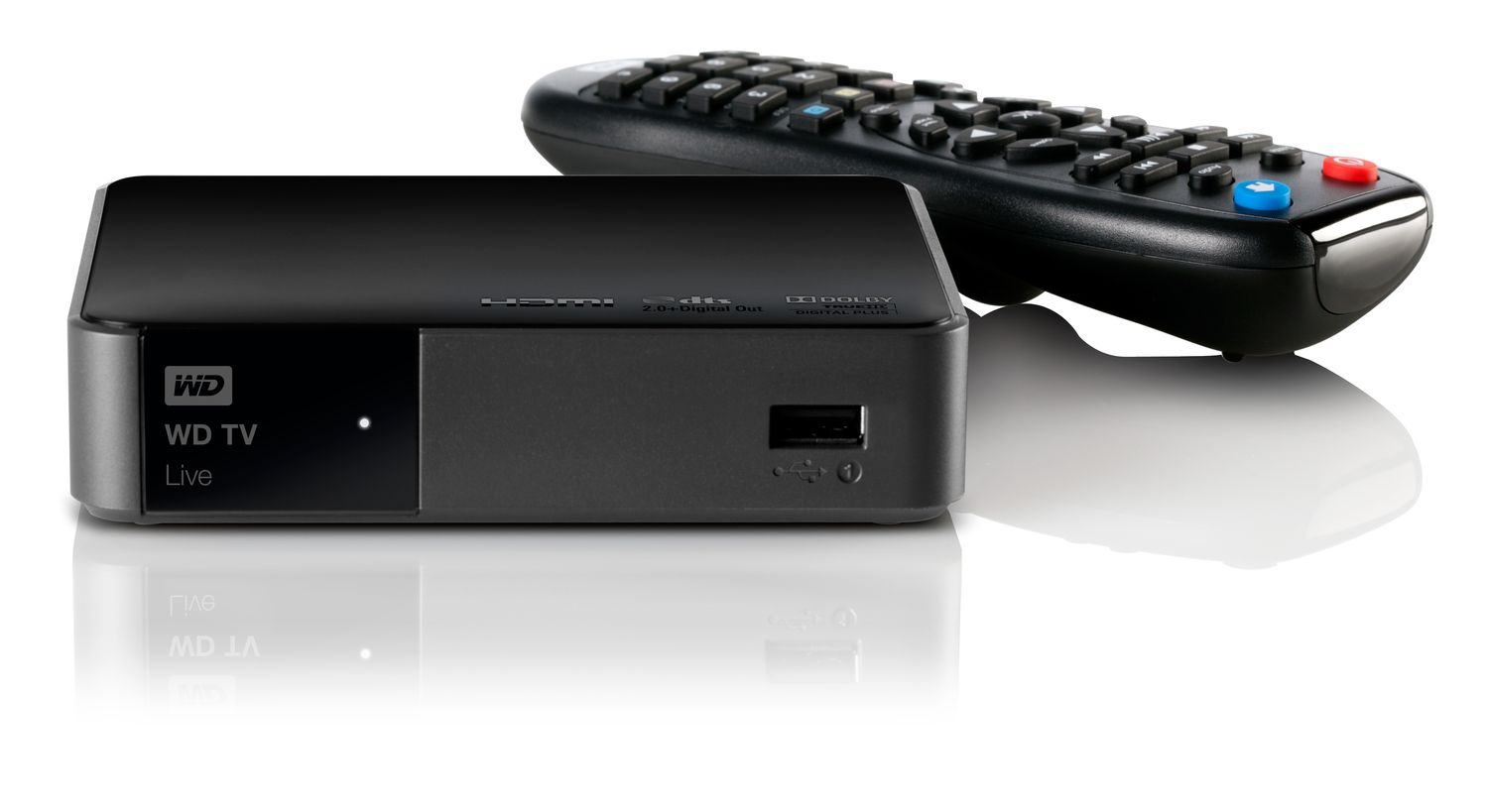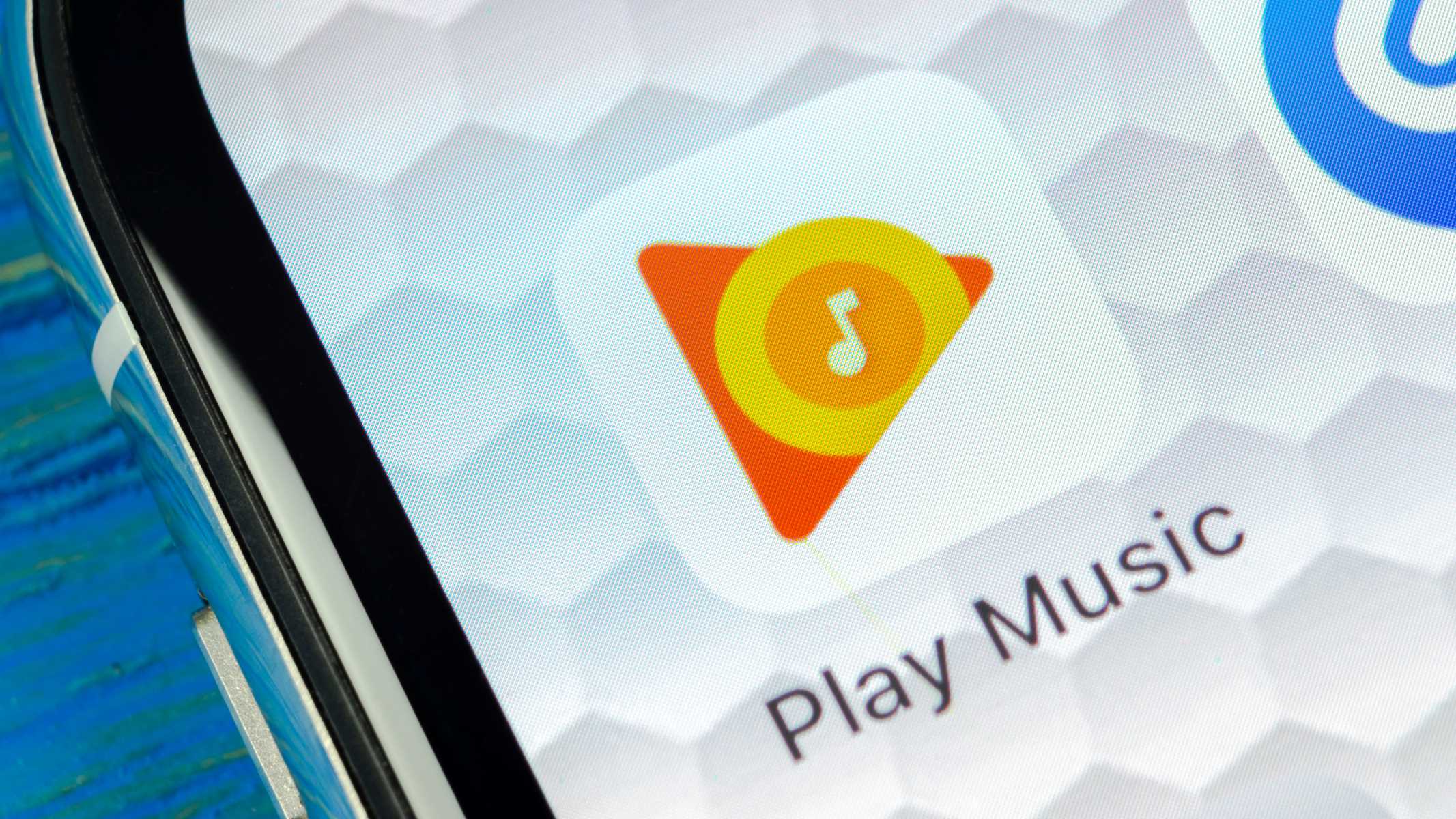Home>Production & Technology>Digital>How Do Artists Get Paid Off Of Digital Music


Digital
How Do Artists Get Paid Off Of Digital Music
Published: March 10, 2024
Learn how digital artists get paid for their music and the various revenue streams available in the digital music industry. Understand the impact of digital platforms on artist compensation.
(Many of the links in this article redirect to a specific reviewed product. Your purchase of these products through affiliate links helps to generate commission for AudioLover.com, at no extra cost. Learn more)
Table of Contents
Introduction
The digital revolution has significantly transformed the music industry, altering the way artists distribute and monetize their music. With the rise of streaming services and digital downloads, musicians have gained new avenues to reach audiences and generate revenue. This article delves into the various methods through which artists receive payment for their digital music, shedding light on the evolving landscape of the music business.
The advent of streaming services, such as Spotify, Apple Music, and Tidal, has revolutionized how people consume music. These platforms allow users to access an extensive library of songs on-demand, providing a convenient and cost-effective alternative to traditional album purchases. For artists, streaming services offer exposure to a global audience, enabling them to connect with fans across borders. However, the compensation structure for streaming can be complex, with artists typically earning fractions of a cent per stream. Despite the vast reach of streaming platforms, the low per-stream payouts have sparked debates about fair compensation for musicians.
In addition to streaming, digital downloads remain a popular method for music consumption. Platforms like iTunes and Amazon Music enable users to purchase individual songs or entire albums for permanent ownership. Artists receive a percentage of the sales revenue from these downloads, providing a more substantial payout compared to streaming. While the era of digital downloads has somewhat waned with the surge of streaming, it remains a viable revenue stream for artists, particularly those with dedicated fan bases.
Furthermore, artists can generate income through royalties and payments from various sources, including performance rights organizations, sync licensing, and publishing royalties. These mechanisms ensure that artists receive compensation when their music is played on radio, TV, movies, or public performances. Additionally, direct sales of music and merchandise through their websites or online stores contribute to artists' revenue streams, allowing them to cultivate a loyal fan base and retain a larger share of the earnings.
In the following sections, we will explore the intricacies of how artists are compensated through streaming services, digital downloads, royalties, and direct sales, providing insights into the diverse revenue streams available in the digital music landscape.
Streaming Services
The advent of streaming services has revolutionized the music industry, offering a convenient and accessible platform for music consumption. Platforms like Spotify, Apple Music, and Tidal have redefined the way people discover and listen to music, providing a vast library of songs at their fingertips. For artists, these platforms serve as a gateway to a global audience, allowing them to showcase their music to listeners worldwide.
One of the key advantages of streaming services is the ability for users to access an extensive catalog of music without the need for physical storage or individual purchases. This model aligns with the shift towards digital content consumption, catering to the preferences of modern audiences who seek instant access to a diverse range of music. Moreover, the personalized playlists and algorithm-driven recommendations offered by streaming platforms enable artists to reach new listeners based on their music preferences and listening habits.
However, the compensation structure for artists on streaming services has been a topic of debate within the music industry. While streaming platforms offer exposure and accessibility, the per-stream payouts for artists are often minimal. Artists typically receive fractions of a cent per stream, leading to concerns about fair compensation for their creative work. The challenge lies in balancing the benefits of exposure and reach with the need for equitable remuneration for artists.
Despite the relatively low per-stream payouts, streaming services have become a primary avenue for music discovery and consumption, shaping the way audiences engage with new releases and established catalogs. The ability to create and share playlists, follow favorite artists, and explore curated content has transformed the music listening experience, fostering a sense of community and discovery among users.
As the music industry continues to evolve in the digital age, streaming services remain a cornerstone of music distribution and consumption. Artists navigate this landscape by leveraging the reach of streaming platforms to connect with fans while exploring additional revenue streams to sustain their creative endeavors. The dynamic interplay between streaming services, artists, and audiences underscores the ongoing evolution of the music ecosystem in the digital era.
Digital Downloads
Digital downloads have long been a significant revenue stream for artists in the digital music landscape. Platforms such as iTunes, Amazon Music, and Bandcamp have provided a platform for music enthusiasts to purchase individual songs or entire albums for permanent ownership. This model offers a tangible and convenient way for fans to support their favorite artists while enjoying high-quality, DRM-free music files.
One of the key advantages of digital downloads is the direct financial benefit it provides to artists. Unlike streaming services, where artists receive fractions of a cent per stream, digital downloads offer a more substantial payout per purchase. This can be particularly advantageous for independent artists and bands, allowing them to directly monetize their music without the need for a record label or extensive marketing resources.
Furthermore, digital downloads cater to a segment of music consumers who prefer to own and collect music in a digital format. The ability to create a personal music library, backed up across devices, resonates with enthusiasts who value ownership and control over their music collection. Additionally, high-fidelity audio formats, such as FLAC and WAV, appeal to audiophiles seeking uncompromised sound quality, further driving the demand for digital downloads.
From a promotional standpoint, artists often leverage digital downloads as part of their marketing strategy. Offering exclusive bonus tracks, acoustic versions, or live recordings as downloadable content can incentivize fans to make a purchase, fostering a deeper connection between artists and their audience. Moreover, limited-time discounts and pre-order incentives for upcoming releases can drive engagement and boost sales within the digital download ecosystem.
While the era of digital downloads has somewhat waned with the surge of streaming, it remains a viable revenue stream for artists, particularly those with dedicated fan bases. The flexibility and control offered by digital download platforms empower artists to curate their releases, experiment with pricing strategies, and directly engage with their supporters. As the music industry continues to evolve, digital downloads persist as a complementary component of the broader digital music landscape, offering artists a means to monetize their craft while providing fans with a tangible connection to their favorite music.
Royalties and Payments
In the multifaceted world of music royalties and payments, artists receive compensation from various sources, reflecting the diverse ways their music is consumed and utilized. These mechanisms ensure that artists are fairly remunerated for their creative work, encompassing a range of revenue streams beyond traditional album sales and streaming royalties.
Performance rights organizations (PROs) play a pivotal role in ensuring that artists receive royalties when their music is performed in public spaces, broadcast on radio, or streamed online. Organizations such as ASCAP, BMI, and SESAC collect licensing fees from venues, radio stations, and digital platforms, distributing these royalties to songwriters, composers, and publishers. This ensures that artists are compensated for the public performance of their music, reflecting the value of their creative contributions to the music ecosystem.
Moreover, sync licensing presents an additional avenue for artists to earn royalties. When music is synchronized with visual media, such as movies, TV shows, commercials, and video games, artists receive licensing fees and royalties for the use of their music. This not only provides artists with exposure to new audiences but also generates income through the licensing of their music for various media projects.
Publishing royalties, stemming from the composition and publishing of music, further contribute to artists' earnings. Through publishing deals and partnerships with music publishers, artists receive royalties when their music is reproduced, distributed, or performed publicly. This encompasses mechanical royalties from physical and digital sales, as well as performance royalties from live performances and radio airplay, ensuring that artists are compensated for the ongoing use of their musical compositions.
In addition to these traditional revenue streams, digital platforms and streaming services have expanded the landscape of royalties and payments for artists. With the rise of user-generated content and social media, platforms like YouTube and TikTok have implemented systems to compensate artists for the use of their music in user-generated videos, reflecting the evolving nature of digital content consumption and the need to fairly reward artists for the widespread use of their music.
The intricate web of royalties and payments underscores the importance of equitable compensation for artists across various facets of the music industry. By leveraging these diverse revenue streams, artists can sustain their creative endeavors while continuing to enrich the music landscape with their artistry and talent.
Direct Sales and Merchandise
Direct sales and merchandise serve as integral components of an artist's revenue strategy in the digital music era. Through their official websites, online stores, and live performances, artists have the opportunity to directly engage with their fan base and offer exclusive music releases, merchandise, and immersive experiences.
Direct sales encompass the direct distribution of music, including physical CDs, vinyl records, and limited-edition releases. By selling music directly to fans, artists can retain a larger share of the revenue compared to traditional retail channels. This direct-to-consumer approach not only provides artists with greater financial control but also fosters a deeper connection with their supporters, who value the opportunity to directly support their favorite musicians.
Furthermore, artists often leverage direct sales to offer exclusive content and special editions, catering to dedicated fans who seek unique collectibles and personalized memorabilia. Limited pressings of vinyl records, autographed CDs, and deluxe box sets are among the offerings that resonate with enthusiasts looking to enhance their music collections with rare and distinctive items.
In addition to music, merchandise plays a pivotal role in an artist's direct sales strategy. From apparel and accessories to posters and specialty items, merchandise serves as a tangible extension of an artist's brand, allowing fans to express their support and affinity for the music they love. The creative design and curation of merchandise items enable artists to showcase their visual identity and artistic vision, creating a cohesive brand experience for their audience.
Live performances and tours present prime opportunities for artists to promote and sell merchandise directly to concertgoers. From t-shirts and hoodies to custom-designed tour memorabilia, the merchandise available at live events serves as a memento of the concert experience, fostering a lasting connection between fans and the artist's live performances.
Moreover, the digital landscape has expanded the scope of direct sales and merchandise through online stores and e-commerce platforms. Artists can offer a diverse range of merchandise items, including digital downloads, exclusive content, and personalized experiences, directly to their global fan base. This direct-to-fan approach empowers artists to cultivate a loyal community of supporters while generating revenue through their creative output and artistic endeavors.
In essence, direct sales and merchandise not only provide artists with a sustainable revenue stream but also enable them to forge meaningful connections with their audience. By offering exclusive music releases, limited-edition merchandise, and immersive experiences, artists can create a compelling and personalized ecosystem that resonates with fans on a profound level.
Conclusion
In conclusion, the digital music landscape has ushered in a paradigm shift in how artists receive payment for their creative work. The emergence of streaming services, digital downloads, royalties, and direct sales has redefined the revenue streams available to musicians, offering a diverse array of opportunities to monetize their artistry. While streaming services provide global exposure and accessibility, the compensation structure has sparked discussions about equitable remuneration for artists. Digital downloads, on the other hand, offer a direct and tangible revenue stream, appealing to music enthusiasts who value ownership and high-fidelity audio experiences.
The intricate web of royalties and payments, encompassing performance rights organizations, sync licensing, and publishing royalties, ensures that artists are fairly compensated for the public performance and utilization of their music across various mediums. This multifaceted approach reflects the evolving nature of music consumption and the need to reward artists for their creative contributions.
Furthermore, direct sales and merchandise play a pivotal role in an artist's revenue strategy, enabling them to directly engage with their fan base and offer exclusive music releases, limited-edition merchandise, and immersive experiences. This direct-to-consumer approach fosters a deeper connection between artists and their supporters, empowering musicians to curate a personalized ecosystem that resonates with their audience on a profound level.
As the digital music landscape continues to evolve, artists navigate a dynamic terrain of revenue streams, promotional strategies, and fan engagement initiatives. By leveraging the diverse opportunities presented by streaming services, digital downloads, royalties, and direct sales, artists can sustain their creative endeavors while forging meaningful connections with their audience. The fusion of digital innovation and artistic expression underscores the resilience and adaptability of musicians in an ever-changing industry, where creativity and commerce converge to shape the future of music.
In essence, the digital music ecosystem offers a tapestry of revenue streams and engagement avenues, empowering artists to share their music with the world while fostering a sustainable and rewarding career in the digital age.











